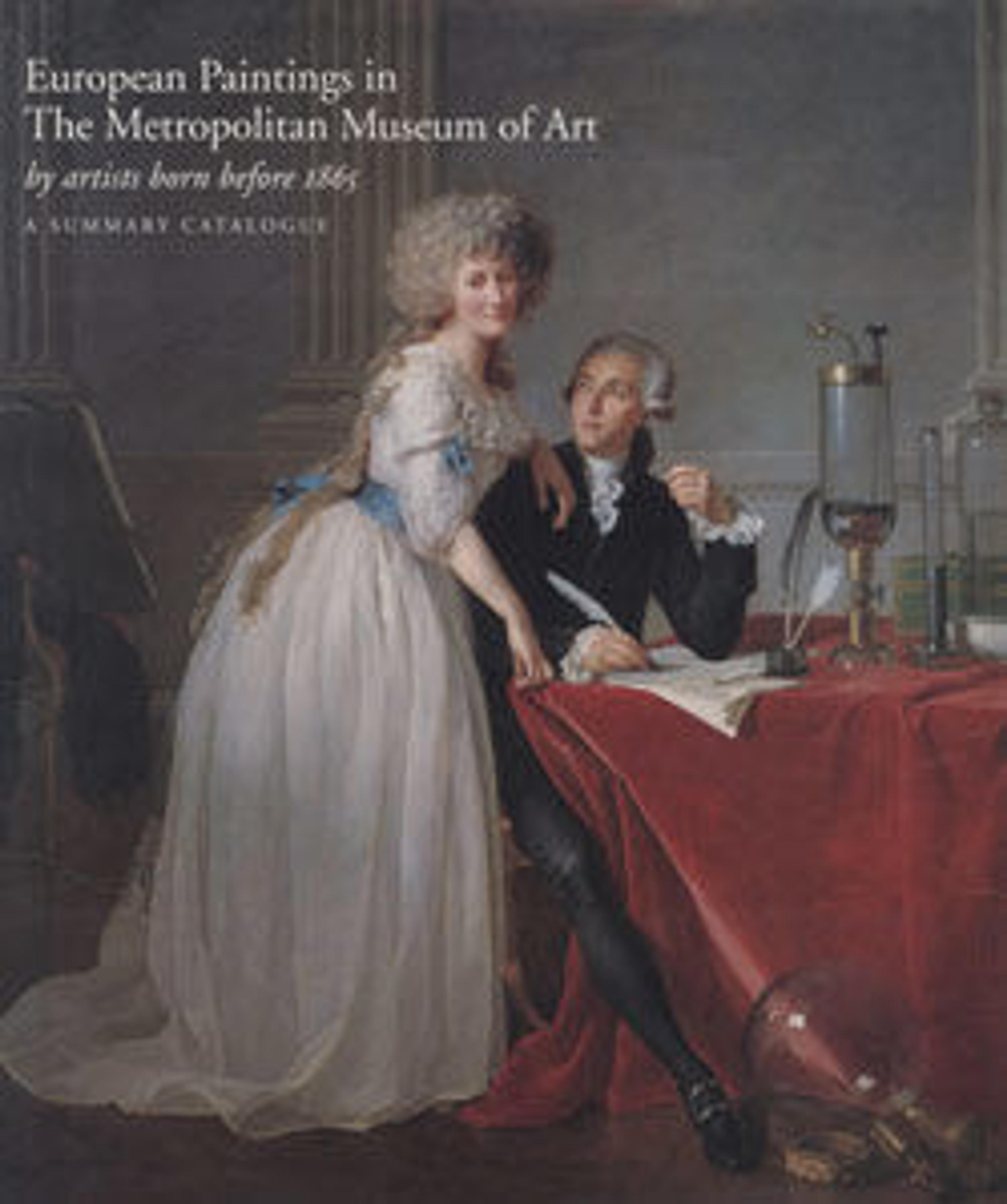Morning, An Overcast Day, Rouen
While visiting Rouen in spring and fall 1896, Pissarro wrote of his interest in the "motif of the iron bridge on a rainy day, with much traffic, carriages, pedestrians, workers on the quays, boats, smoke, mist in the distance, the whole scene fraught with animation and life." The present canvas is one of several views of the Boieldieu Bridge, or Grand Pont, that Pissarro painted from a room in the Hôtel d'Angleterre. Its title, Matin, Temps Gris, Rouen (Morning, An Overcast Day, Rouen), is thought to be the artist’s own.
Artwork Details
- Title:Morning, An Overcast Day, Rouen
- Artist:Camille Pissarro (French, Charlotte Amalie, Saint Thomas 1830–1903 Paris)
- Date:1896
- Medium:Oil on canvas
- Dimensions:21 3/8 x 25 5/8 in. (54.3 x 65.1 cm)
- Classification:Paintings
- Credit Line:Bequest of Grégoire Tarnopol, 1979, and Gift of Alexander Tarnopol, 1980
- Object Number:1980.21.1
- Curatorial Department: European Paintings
More Artwork
Research Resources
The Met provides unparalleled resources for research and welcomes an international community of students and scholars. The Met's Open Access API is where creators and researchers can connect to the The Met collection. Open Access data and public domain images are available for unrestricted commercial and noncommercial use without permission or fee.
To request images under copyright and other restrictions, please use this Image Request form.
Feedback
We continue to research and examine historical and cultural context for objects in The Met collection. If you have comments or questions about this object record, please contact us using the form below. The Museum looks forward to receiving your comments.
